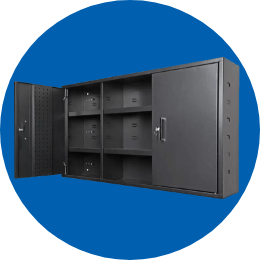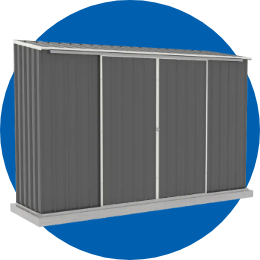- 10 October 2023
DIY Timber Floor Polishing & Sanding for Beginners
Whether you're renovating your family home or just seeking to refresh your space, nothing beats the look of gleaming, polished timber floors. With our comprehensive guide, we'll walk you through every step of the process, making your next DIY project a breeze.
What You'll Need:
Materials
- 50mm bullet head nails
- 42mm x 19mm pine (only if the flooring is squeaky)
- Liquid Nails or similar adhesive
- Water-based putty
- Polyurethane finish or water-based polyurethane
- Masking tape
1. Clearing the Area
Ensure you start with a clean slate by removing all furniture and fittings from the room. Don't forget to cover and seal built-in items with drop sheets and duct tape to protect them from dust.
2. Carpet and Underlay Removal
Cut the carpet into manageable squares using your utility knife, roll them up, and remove the edge strip cautiously due to the sharp tacks. Should you encounter cement sheet underlay, consult an accredited asbestos removalist before proceeding.
3. Preparing the Surface
Punch all protruding nails below the floor surface, and handle any vinyl glued directly to the floor. It might require patience and persistence, but a good solvent can help you break down the glue. Remember to address squeaky or loose boards by re-nailing them to the floor frame.
4. Sanding Preparation
Prior to sanding, ensure you cover all power points, vents, and outlets with masking tape. The fine dust from sanding can cause damage if not properly managed. Familiarise yourself with your sanding equipment, and prepare your space by thoroughly vacuuming.
5. Rough Sanding
Start your floor's transformation with a coarse, 'rough' sanding. Remember to protect yourself with earmuffs, safety goggles, and a dust mask, and keep the room well-ventilated.
Operate the drum sander much like you would a lawn mower, moving it forward in a diagonal direction. Be gentle – there's no need to rush this process. The hand-held disc sander can help you reach the unsanded border around the room's edge.
6. Intermediate Sanding
Following the rough sanding, carefully vacuum to remove all dust. Then, fill all nail holes, splits, and knot holes with a water-based putty and allow it to dry. Next, sand your floor with medium-grade sandpaper along the grain.
7. Fine Sanding
For your final sanding stage, switch to fine sandpaper. This sanding pass will leave your floor with an almost polished feel, smooth to the touch and ready for the finishing touches.
8. Polishing Your Timber Floors
After another careful vacuuming and a wipe-down with a moistened cloth to remove remaining dust, it's time for the final step: applying the floor finish.
You can choose a two-pack polyurethane finish or a water-based polyurethane for a low-odour, fast-drying alternative. Apply with a brush or lambswool applicator for thorough coverage, and allow several coats for a durable finish.
You've now learned how to sand and polish your own timber floorboards! With the right tools and some hard work, you can transform your floors into a stunning, polished surface. For more DIY tips and home improvement information, don't hesitate to read more DIY articles from our website. Happy DIY-ing!






















